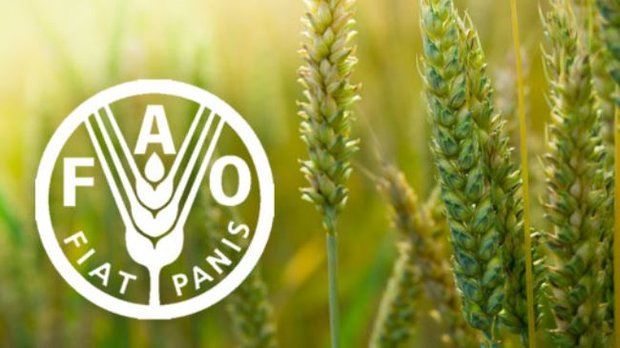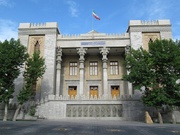The Index averaged 151.0 points in March, its highest level in 2016, but still some 12.0 percent below its level of a year earlier.
The FAO Food Price Index is a trade-weighted index tracking international market prices for five key commodity groups: major cereals, vegetable oils, dairy, meat and sugar. Its decline over the past year reflects ample food supplies, a slowing global economy and a stronger US dollar.
The keystone FAO Cereal Price Index fell slightly in March - marking the fifth straight month of decline- amid a favorable supply outlook in the new season. The drop was far more pronounced if compared to last year, as the sub-index is down 13.1 percent below its March 2015 level.
The FAO Sugar Price Index rose 17.1 percent from February, reaching its highest level since November 2014. The sharp increase reflects mainly expectations of a larger production deficit during the current crop year, but likely also reported higher use of raw sugar for the production of ethanol in Brazil.
The FAO Vegetable Oil Price Index also rose notably, jumping 6.3 percent from February, as international palm oil prices surged on the back of prolonged dry weather in Malaysia and Indonesia, by far the world main producers. Soy oil prices were stable, while sunflower and rapeseed oil prices declined.
The FAO Dairy Price Index dropped 8.2 percent to its lowest level since June 2009, led by plummeting butter and cheese prices. The FAO Meat Price Index was broadly unchanged from last month.
The Food and Agricultural Organization (FAO) of the United Nations Food Price Index is available in English to public at: http://www.fao.org/worldfoodsituation/foodpricesindex/en/
HA/PR






















Your Comment